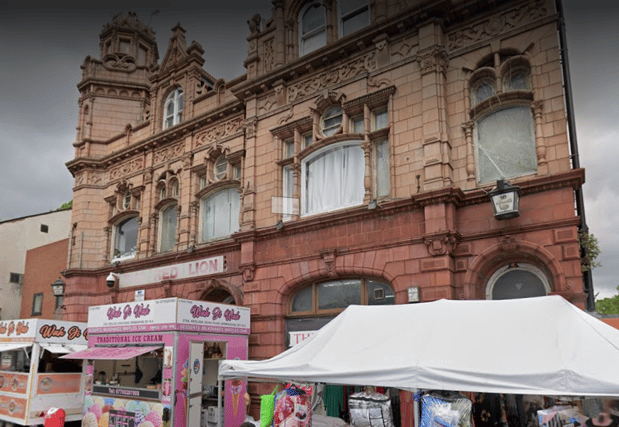Historic England has released its Heritage at Risk Register for 2022, with 175 historic buildings and site added. The Register is a summary of the critical health of some of England’s most historic landmarks.
There are 19 Birmingham buildings at risk of being lost this year. They can be found in the city centre and across out of town neighbourhoods and include a former libray, stately home and places of worship.
Charities, owners, local councils, and Historic England have also worked together to see historic places restored, re-used, and brought back to life.
Duncan Wilson, chief executive of Historic England said: “As the threat of climate change grows, the reuse and sensitive upgrading of historic buildings and places becomes ever more important.
“Finding new uses for buildings and sites rescued from the Register avoids the high carbon emissions associated with demolishing structures and building new.”
In 2021/22, Historic England awarded £8.66 million in repair grants to 185 sites on the Heritage at Risk Register. In addition to this, 15 sites have benefitted from £3.25 million in grants from the heritage at risk strand of the Culture Recovery Fund during 2021/22.
These grants help with emergency repairs to historic buildings and help protect the livelihoods of dedicated people who run and maintain the historically rich places.
These are the 19 Birmingham buildings at risk of being lost in 2022, along with Historic England’s description of the buildings and repairs needed.
Charities, owners, local councils, and Historic England have also worked together to see historic places restored, re-used, and brought back to life.
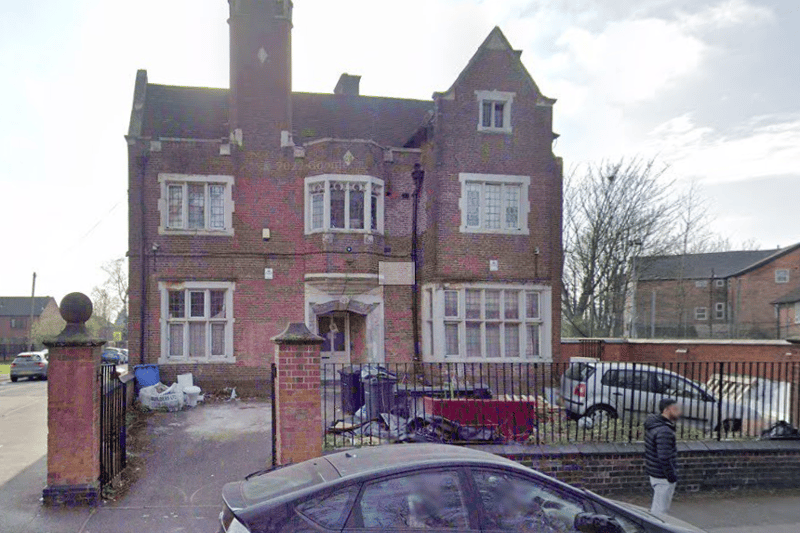
9. 100 Sampson Road, Sparkhill
Built in 1901 as the vicarage to St Agatha's Church in Sparkbrook and designed in an Arts and Crafts style by local Birmingham architect, W.H. Bidlake. Formerly converted to flats by a housing association, the building is now in private ownership but has been subject to heritage crime and is now suffering from dry rot and isolated structural issues. Localised repairs have been carried out but there is a longstanding lack of regular maintenance with missing tiles, decaying windows and other issues continuing
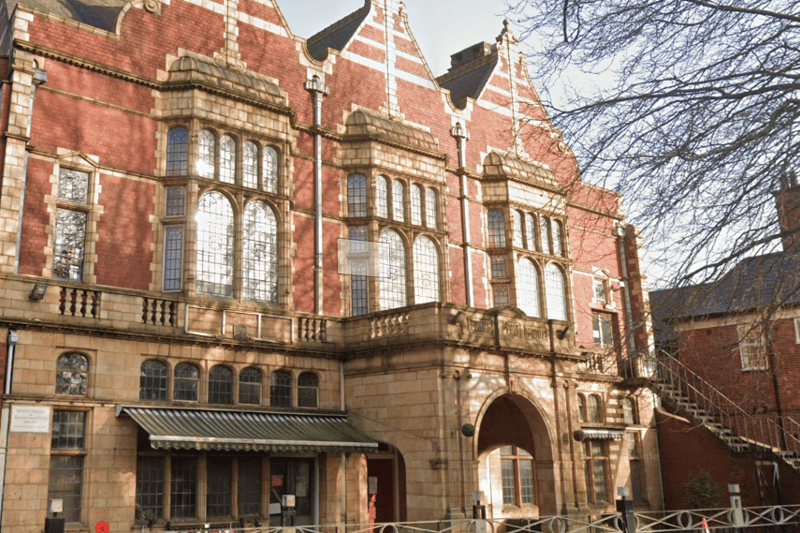
10. Holy Church of the New Testament, 220 Moseley Road, Highgate
The building was commissioned by Richard Cadbury, designed by Ewan and James Harper it was completed in 1897. It contained to the front (Moseley Road) the Friends Institute with a coffee room a reading room, 37 classrooms for adult education and Sunday school and a large lecture room for 400 people on the first floor. To the rear (Oughton Street) the building houses a large hall with 2000 worshippers' capacity with a gymnasium hall.
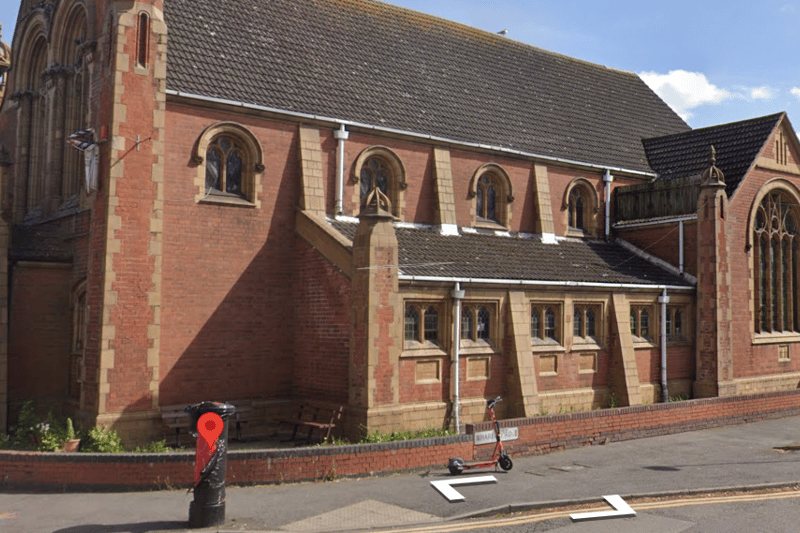
11. Edward Road Baptist Church, Edward Road, Birmingham
This is an example of the Birmingham Terracotta School's work which combines Romanesque and Perpendicular details. There is evidence of damp at high level, the roof needs attention, the gutters need cleaning and the joints to brick and terracotta blocks are badly eroded.
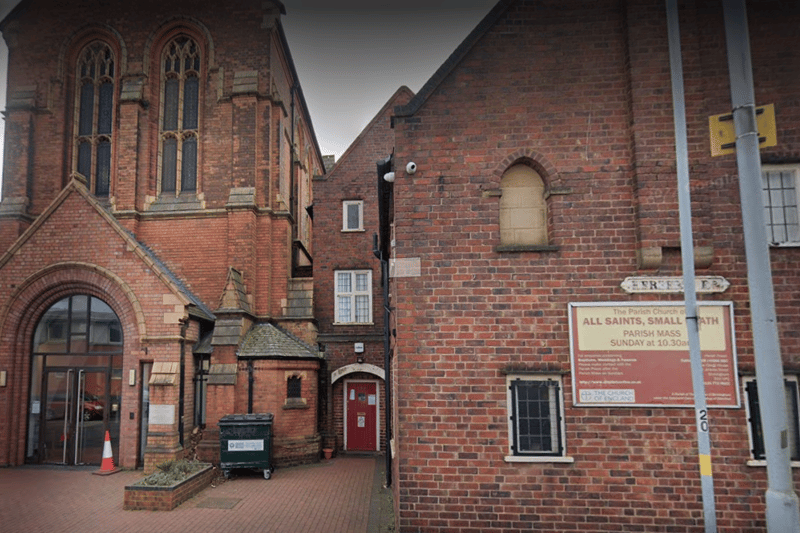
12. Parish Church of All Saints Church, Herbert Road B10, Small Heath
The nave north roof is in poor condition with many slipped tiles. Rainwater goods are also in poor condition. The building suffers from dampness through, walls and columns show the presence of salt efflorescence, past cementicious repairs have compounded moisture retention. The church has revceived a grant for the reainwatergoods completed by Autumn 2021
